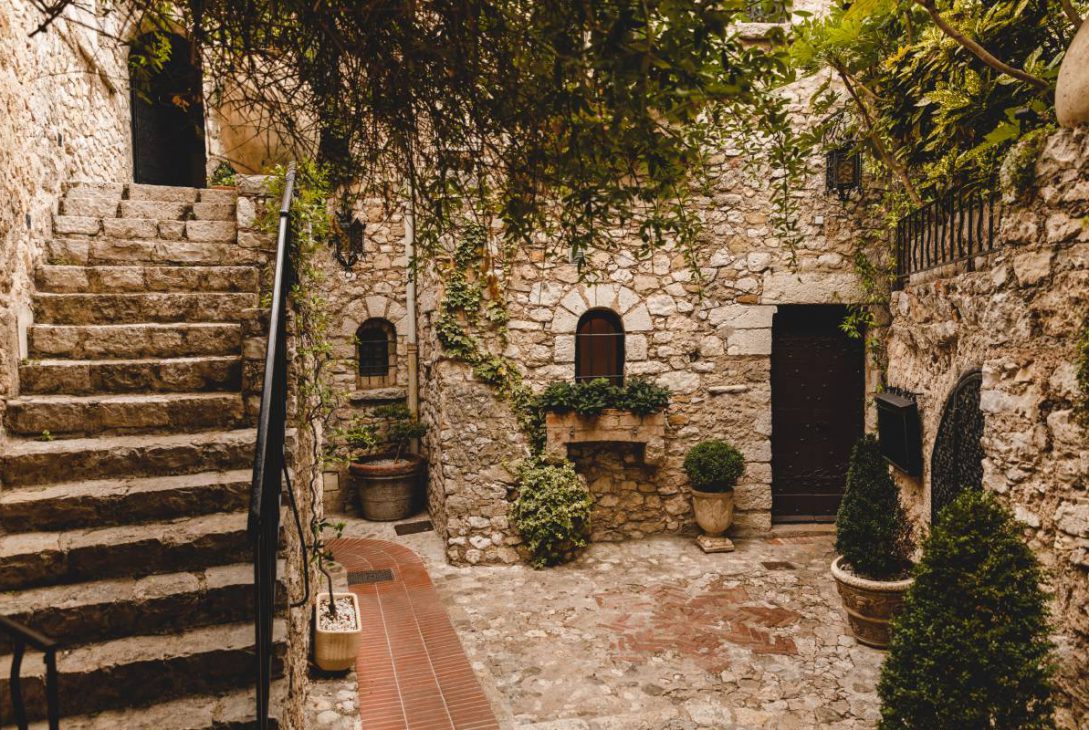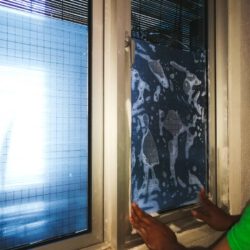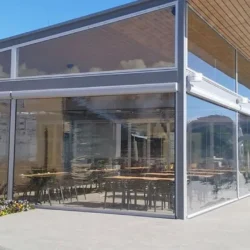Limestone has a very distinctive look, especially when it is used in the construction of buildings. It is an abundant and fairly easily extracted stone that provides good, strong bases for buildings and was still soft enough to be worked with pre-industrial tools.
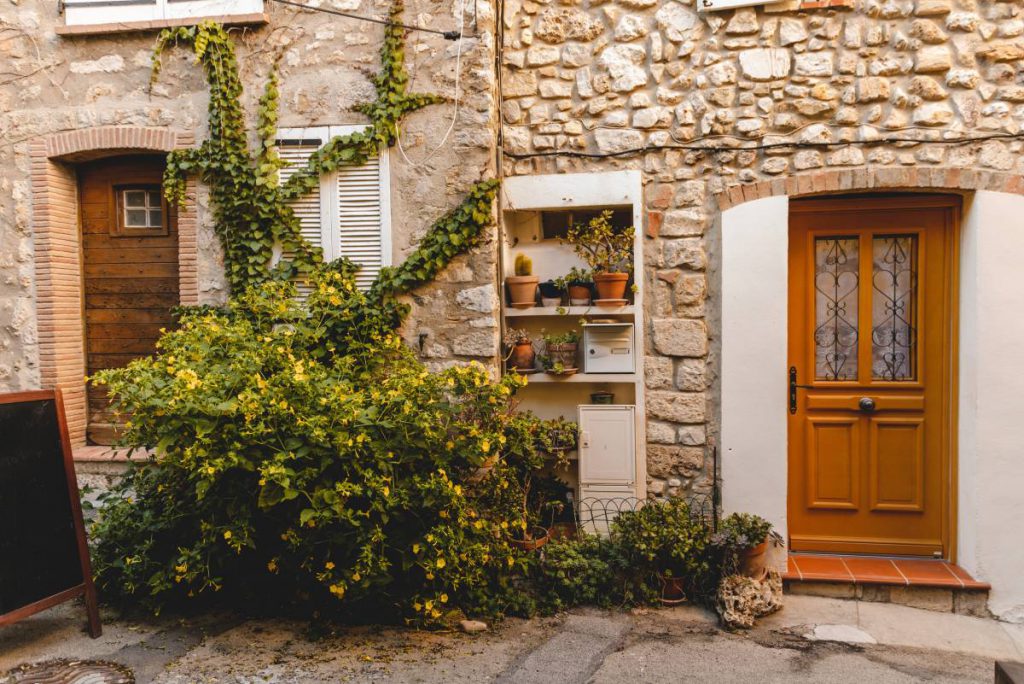
There are some truly grand historical buildings that use limestone as a key aspect of their construction that require preservation for future generations to enjoy.
Unfortunately, limestone has a significant flaw within its very nature that people simply had no understanding or awareness of centuries ago, this leads it to erode and require repair and restoration work. So what actually happens?
What is so fundamentally problematic that building owners find themselves needing the services of a limestone restoration specialist sooner or later? To understand that, we need to understand a little bit more about the stone first.
Limestone – a brief history
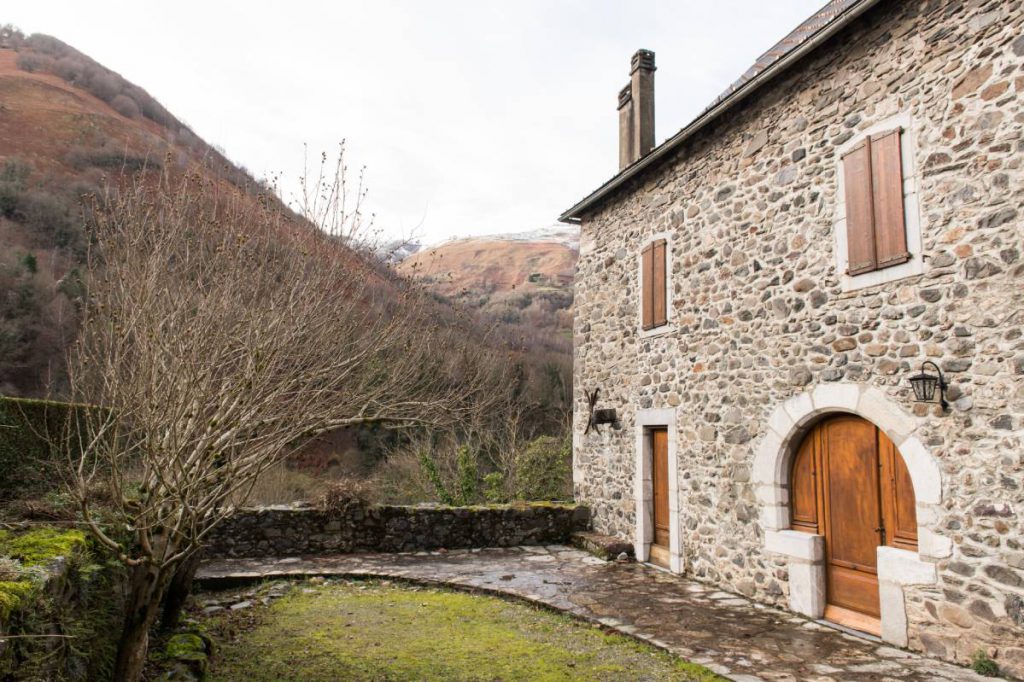
Limestone is a sedimentary rock, and this means that it is usually made over the course of tens of thousands of years. This process entails the layering of certain materials on top of the sand and mud at the base of rivers, lakes, oceans or sometimes even deserts.
Amongst the sand, small stones and mud gather materials called calcareous materials, which are comprised of large amounts of calcium carbonate. This often happens under water because there is a high concentration of calcareous matter in oceans such as shelled animals and algae.
Then, in a process not dissimilar to the way fossil fuels are formed, the calcareous matter is buried under more layers of sediment and gradually the pressure builds and the materials are compressed and eventually lithified into solid rock.
Melting stone
The most important piece of information so far is that limestone is comprised of calcium carbonate, which is the same substance as heartburn relief medicines and chalk.
When limestone is exposed to the elements and chemicals in the air can cause weathering; however, it is also naturally going to be rained on at some point, and this is where the problems really begin. In its simplest and purest form, rain water is pure H2O, a hydrogen atom bonded with two oxygen atoms, which should be pH neutral and totally harmless.
Unfortunately, the air around the clouds is not clean and pure, but even ignoring that there is a fair amount of carbon dioxide in the atmosphere as well. Naturally, the CO2 (carbon dioxide) will bond with the H2O (water) to form H2CO3, known as carbonic acid.
This is a fairly weak compound and not the sole cause of limestone weathering and erosion, but it is still an acid that does an excellent job of weathering and wearing limestone away.
The carbonic acid in the rain may be weak and it takes a long time to do any serious damage, but gradually it will eat away at exposed limestone. This process is an irreversible chemical reaction, but fortunately there are companies who have considerable experience in repairing and restoring this damage; helping to ensure that limestone buildings don’t simply melt away.


